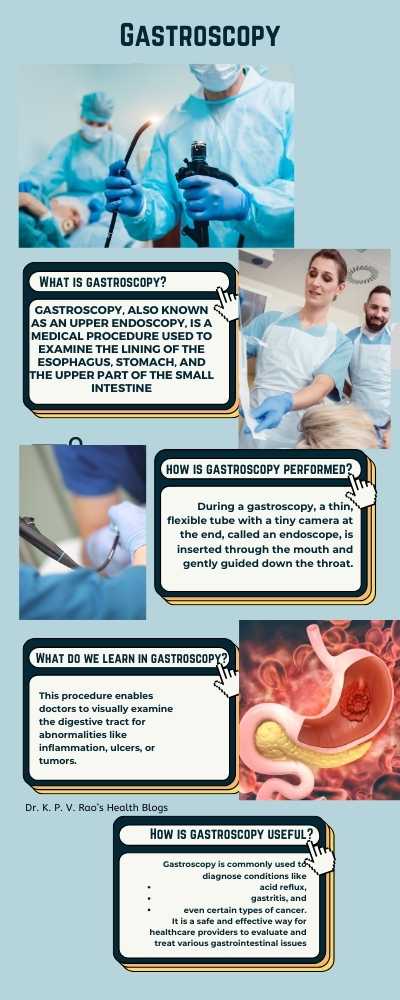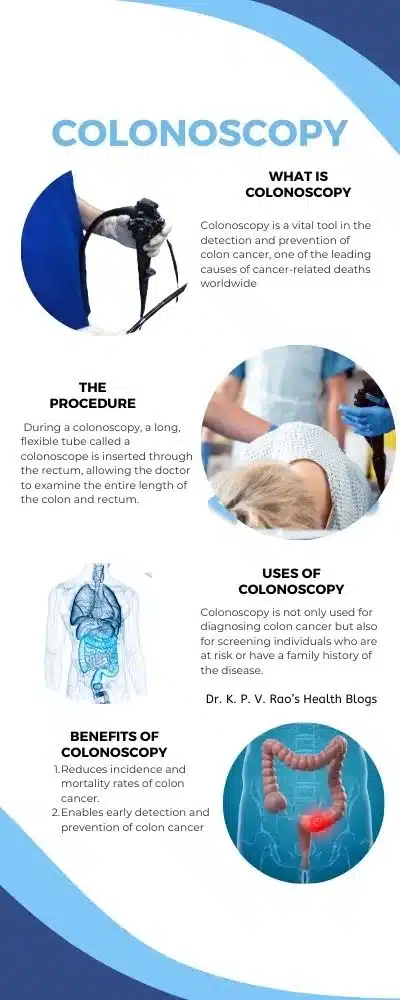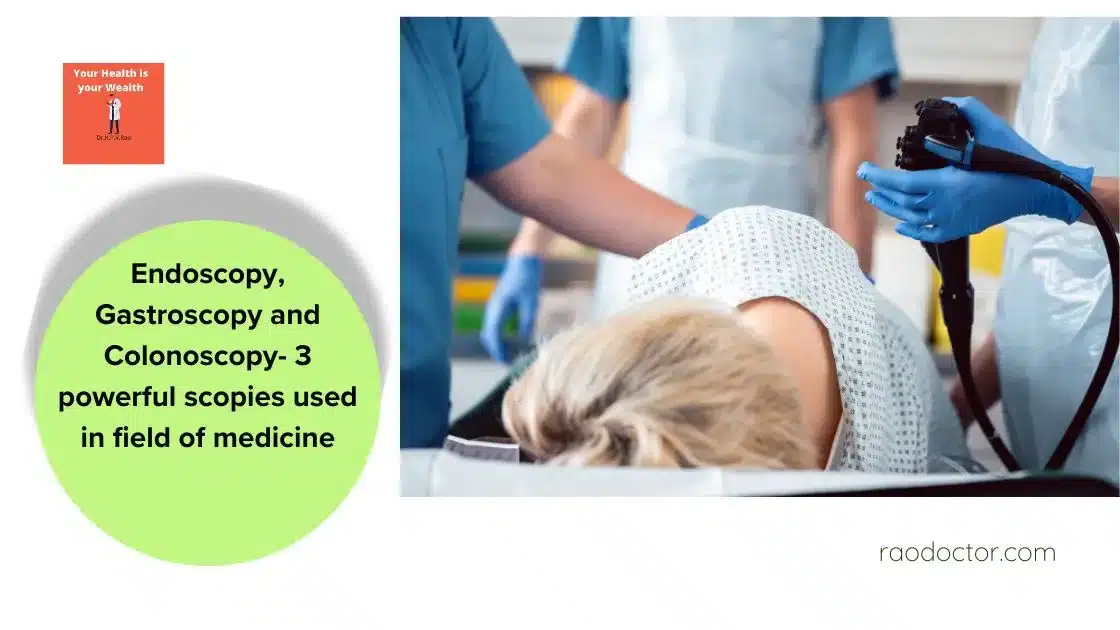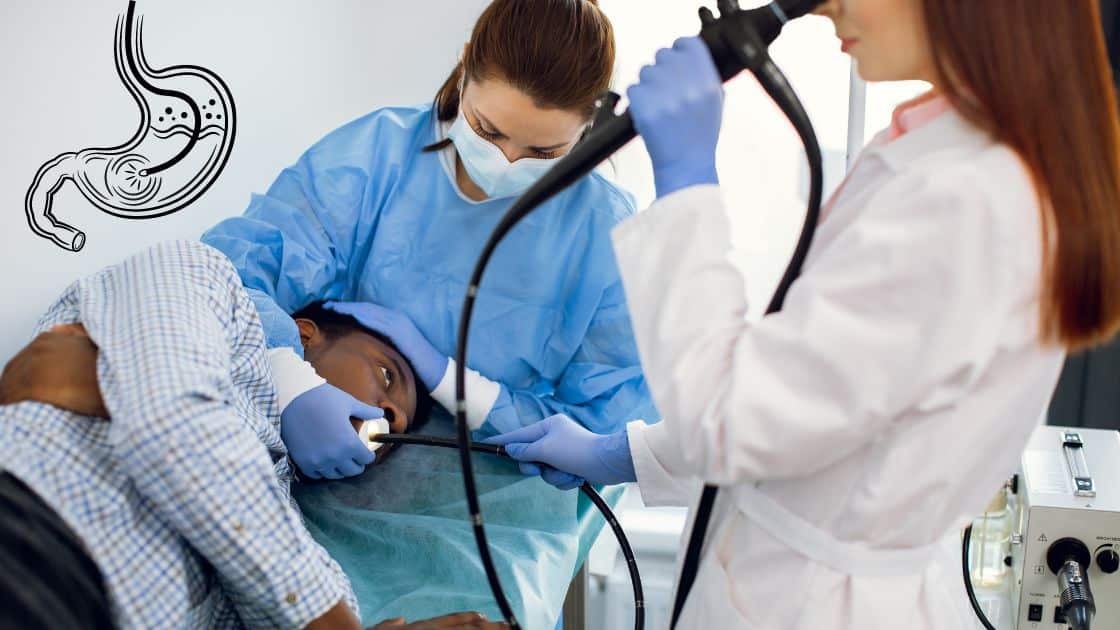Table of Contents
Learn all about these 3 powerful scopes used in field of medicine and their applications in our digestive system
In medicine, ‘Scopes’ are procedures that involve the use of an instrument called scopes to examine or treat specific areas inside the body.
Scopes are long, flexible tubes with a light and a camera that allow doctors to visualize and sometimes even perform interventions in areas that would otherwise be difficult to access.
Welcome to the fascinating world of medicine, where breakthroughs and innovations are constantly pushing the boundaries of what’s scientifically possible.
From cardiology to neurology, gynecology to gastroenterology, medicine encompasses a wide range of fields that are dedicated to saving lives, improving health, and enhancing well-being.
For each branch, there is a medical investigation called scopy. Each scope has its own unique set of tools and techniques that aid in diagnosis, treatment, and prevention of diseases and medical conditions.
Sometimes, to find out the root cause of the ailment or disease, doctors use instruments called scopes. The instruments such as stethoscope are used regularly by doctors to understand disease through sound and a microscope by the laboratory technician to lookout for microbes and parasites in a specimen like blood, urine or any other fluid from our body.
This article will explore different types of scopes and their associated procedures, namely, endoscopy,gastroscopy and colonoscopy
Here, we will explore the cutting-edge technologies that have revolutionized the field and learn how they are being used to transform patient care.
Advancements in technology have propelled medicine forward, enabling doctors to venture into uncharted territory.
Whether you’re a healthcare professional, a student aspiring to enter the medical field, or simply someone interested in learning more about the marvels of modern medicine, get ready to be captivated by the intricacies and possibilities that lie within “medicine’s vast scopes”.
So, let’s delve into the innovative technologies revolutionizing the field and transforming patient care.
Endoscopy- Scopy for internal organs-
Exploring the Body’s Internal Organs
One of the most common scopes used in medicine is endoscopy. This procedure allows doctors to examine the body’s internal organs and tissues using a flexible tube with a light and camera attached to it.
By inserting the endoscope through natural openings in the body or small incisions, physicians can visualize and diagnose various conditions.
Endoscopy has revolutionized the way doctors approach the diagnosis and treatment of many diseases.
For example, gastroenterologists use an endoscope to examine the esophagus, stomach, and intestines, enabling them to detect and treat conditions such as ulcers, polyps, and even early-stage cancers.
Similarly, pulmonologists use bronchoscopy to visualize the airways and diagnose lung diseases like asthma or lung cancer.
Benefits of endoscopy in short
To summarize, these are the benefits of endoscopy in medicine and in improving health:
- Minimally invasive procedure
- Smaller or no incisions
- Reduced pain
- Shorter recovery times
- Fewer complications compared to open surgeries
- Real-time visualization during the procedure
- Enables therapeutic interventions
- Improved patient outcomes and healthcare efficiency.
Additionally, endoscopy allows for real-time visualization, enabling doctors to guide their instruments and perform therapeutic interventions during the procedure itself. This has significantly improved patient outcomes and overall healthcare efficiency.
Gastroscopy: Examining the Digestive System
Gastroscopy, also known as upper endoscopy, is a procedure used to examine the upper digestive system, including the esophagus, stomach, and duodenum.
The procedure
It involves the insertion of a thin, flexible tube called a gastroscope through the mouth and into the digestive tract, allowing doctors to visualize the lining of these organs.
Gastroscopy is an invaluable tool for diagnosing and managing various gastrointestinal conditions. It is commonly used to investigate symptoms such as persistent heartburn, difficulty swallowing, or unexplained weight loss.
Additionally, gastroscopy enables doctors to perform therapeutic interventions, such as removing polyps or dilating strictures caused by GERD.
Benefits of Gastroscopy
The advantages of gastroscopy are significant. It allows for a detailed examination of the upper digestive system, aiding in the accurate diagnosis of conditions like gastroesophageal reflux disease (GERD), peptic ulcers, or esophageal cancer.
By intervening during the procedure itself, doctors can alleviate symptoms or address issues, improving patients’ quality of life.
In short, the advantages of gastroscopy are as given below:
- Detailed examination of upper digestive system
- Accurate diagnosis of conditions like GERD, peptic ulcers, or esophageal cancer
- Intervention during procedure to alleviate symptoms or address issues
- Improved quality of life for patients.

Colonoscopy: Detecting and Preventing Colon Cancer
Colonoscopy is a vital tool in the detection and prevention of colon cancer, one of the leading causes of cancer-related deaths worldwide. During a colonoscopy, a long, flexible tube called a colonoscope is inserted through the rectum, allowing the doctor to examine the entire length of the colon and rectum.
Colonoscopy is not only used for diagnosing colon cancer but also for screening individuals who are at risk or have a family history of the disease. Through colonoscopy, doctors can detect and remove precancerous polyps, thus preventing them from developing into cancer. Additionally, colonoscopy enables the early detection of colon cancer, when it is most treatable.
The benefits of colonoscopy cannot be overstated. It has significantly reduced the incidence and mortality rates of colon cancer by enabling early detection and prevention.
Moreover, advancements in technology have made colonoscopy more comfortable and accurate for patients.

Virtual colonoscopy, which uses computed tomography (CT) scans, is a non-invasive alternative that is gaining popularity, especially for individuals who may be hesitant to undergo a traditional colonoscopy.
Benefits of colonoscopy:
- Reduces incidence and mortality rates of colon cancer.
- Enables early detection and prevention.
Advancements in technology:
Advanced technology in this field has these benefits-
- It has been made more comfortable and accurate for patients.
- Virtual colonoscopy (CT scans) gaining popularity as a non-invasive alternative.
Conclusion
To conclude, I would like to say that endoscopy, gastroscopy, and colonoscopy are essential diagnostic procedures in the field of medicine.
They aid in the improvement of health by allowing doctors to visualize the interior of the body and identify abnormalities or diseases in the gastrointestinal tract.
These procedures play a crucial role in the early detection and treatment of conditions such as ulcers, polyps, inflammation, and cancers.
Final words
My next artcle will be on scopes used in detection of various diseases of the respiratory tract, both upper [like the ear nose and throat] and lower [lungs and its other related parts].
If you have found this article useful, do consider sharing it on various social media platforms displayed below. You can also Click to Tweet here:
Endoscopy, Gastroscopy and Colonoscopy- 3 powerful scopies used in field of medicine Click To Tweet

